In today's society, handing out business cards to potential clients is an everyday occurrence, but have you ever wondered about the history of the business card? It's actually quite fascinating and dates back centuries. However, business cards don't just have an intriguing past; they have an interesting present and an exciting future.
Understanding the past, present, and future of business cards can go a long way towards helping you unlock their full potential. Plus, maybe this information will help you win a trivia competition! So, let's take a look at the captivating history of business cards while also thinking ahead to see what the future might bring.
The History of Business Cards
Business cards were not always known by their current name. The first "business cards" can be tentatively traced back to 15th century China, in which visiting cards called "Meishi" were used as tools for self-promotion and building social or business-related relationships. When one member of the aristocracy went to visit another, they would send a Meishi in advance. That way, the receiving aristocrat would be able to look over the card to decide whether or not they want to take the meeting.
Meanwhile, while visiting cards were gaining popularity in China, a goldsmith in Germany named Johannes Gutenberg was busy inventing what would soon become the printing press. The printing press is considered one of the world's most important inventions because it allowed products like books, magazines, newspapers, flyers, and yes, business cards to be printed quickly and distributed faster than ever before.
With the invention of the printing press, a form of early business cards known as Visite Biletes or "visiting card" grew in popularity in Europe. Visite Biletes were used for very similar purposes as the Meishi. Soon enough, there were trays in homes throughout Europe for the purpose of collecting and showing off visiting cards that you received. The Visite Biletes eventually became the Carte de Visite, patented in 1854 by Andrew Adolphe Eugene Disderi, which differed from its predecessor in one major way: it had pictures.
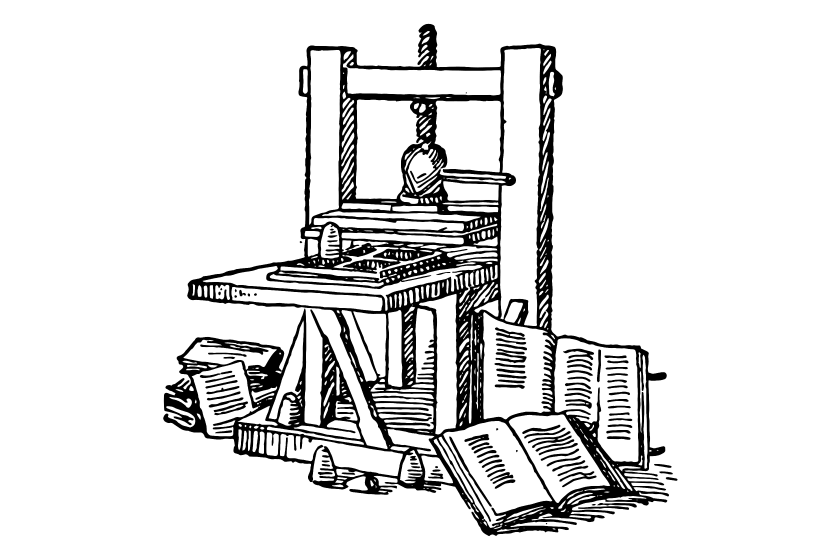
At the same time, a similar printed card known as trade cards were growing in popularity. These cards served as mini advertisements for businesses or products. These cards usually featured the name of the business, a slogan or two, and showed an image of a product.
Between trade cards and visiting cards, the concepts behind modern business cards were formed. Once those ideas were combined, the business card was born. It's interesting looking back at visiting cards and trade cards and seeing how their ideas are so similar to modern business cards; the purpose of these cards was always to get your foot in the door, whether to set up a meeting or sell your products or services. Once those ideas were combined, people started using business cards to both sell their company's products or services and give information to set up future connections.
Business Cards in the Present
Today, business cards are a popular way for business people to sell their company's products or services and to give prospective client's information to set up future connections. In fact, 27 million business cards are printed every day; that's about 10 billion business cards a year!
However, while business cards remain a popular communication tool, they've come a long way from the old days. Before, business cards were only printed on paper, but now, you can get your business cards printed on all sorts of materials. This may not seem like a huge change, but there's a significant difference in durability, thickness, and longevity between plastic business cards and paper cards.
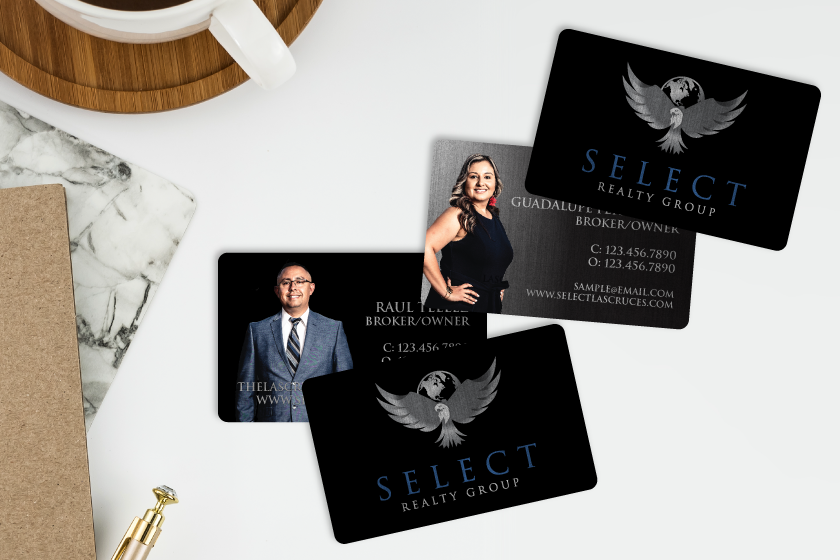
Additionally, modern business cards have a lot more customization options, allowing business professionals to get cards that promote their company and showoff their branding. For example, now, you can get your business cards in any shape you'd like. You can also get clear cards or use foil in your design to add shine. These design features are a game-changer and can help set your business cards apart from the competition.
Another innovation in business cards is the rise of the digital business card. Digital business cards serve the same purpose as traditional business cards, to give potential clients the information they need to contact you. With digital business cards, you share a file that is filled with your contact information. While this is convenient, our busy lives and crowded inboxes can make things easy to forget, like who a specific contact is on our phone. That's why leaving a physical card with potential clients like the ones I talked about above has remained the most popular business card option in the present day.
The Future of Business Cards
As you've read, business cards have evolved a lot over the years, but don't assume we've seen their final form. Contactless business cards are an emerging business card trend, and they are quite different from traditional business cards. Contactless business cards have a tiny near-field communication (NFC) chip embedded in them. By tapping the business card to a smartphone, you can transmit contact information, links, directions, social media platforms, videos, and more straight to a client's phone. Plus, you have the physical card as a leave-behind reminder of you, your company, and your conversation.
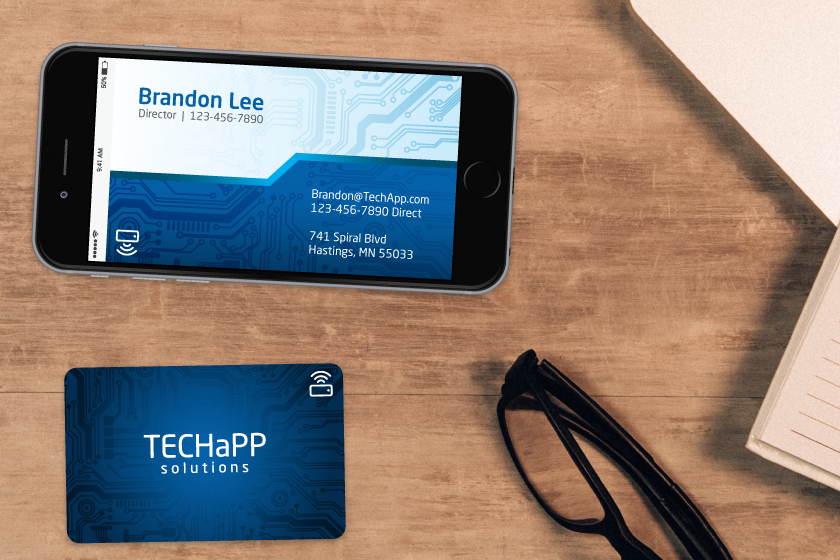
Beyond that, it will be interesting to see how business cards evolve next. While no one knows for sure what the future holds for business cards, it's clear that they are going to remain a staple in the business world for many years to come. If you need business cards, the experts at Plastic Printers are happy to help! We specialize in creating one-of-a-kind plastic business cards that are as unique as your business. If you need business cards, reach out today!
Share this
You May Also Like
These Related Stories
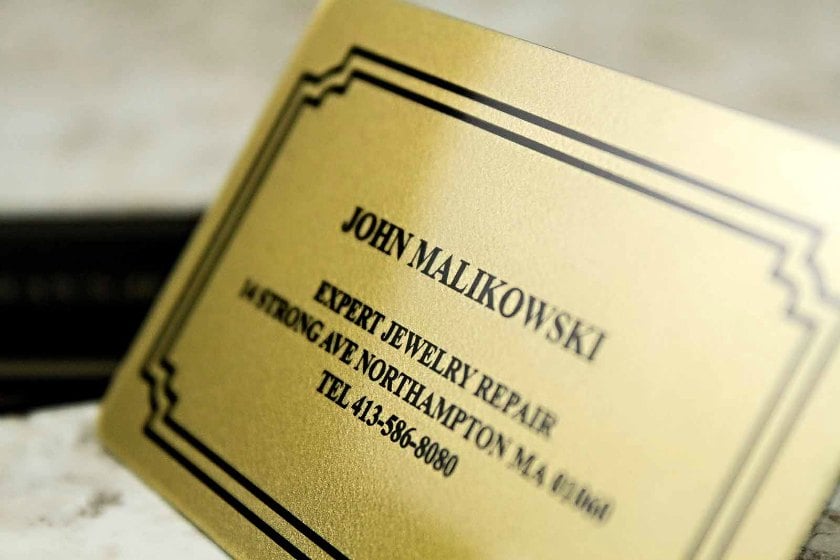
50 Cool Metallic Business Cards

50 Cool Business Cards That Always Get a Second Look
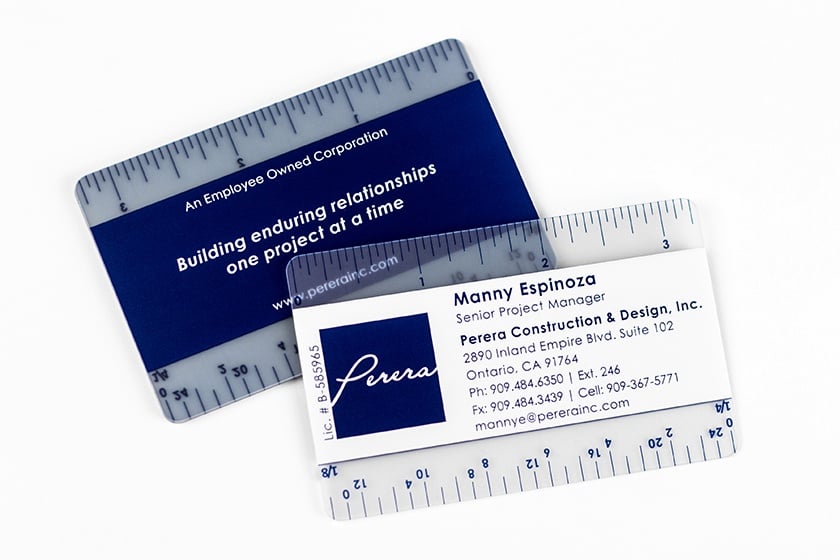



.png?width=534&height=632&name=White%20Aesthetic%20Vision%20Board%20Instagram%20Story%20(1).png)